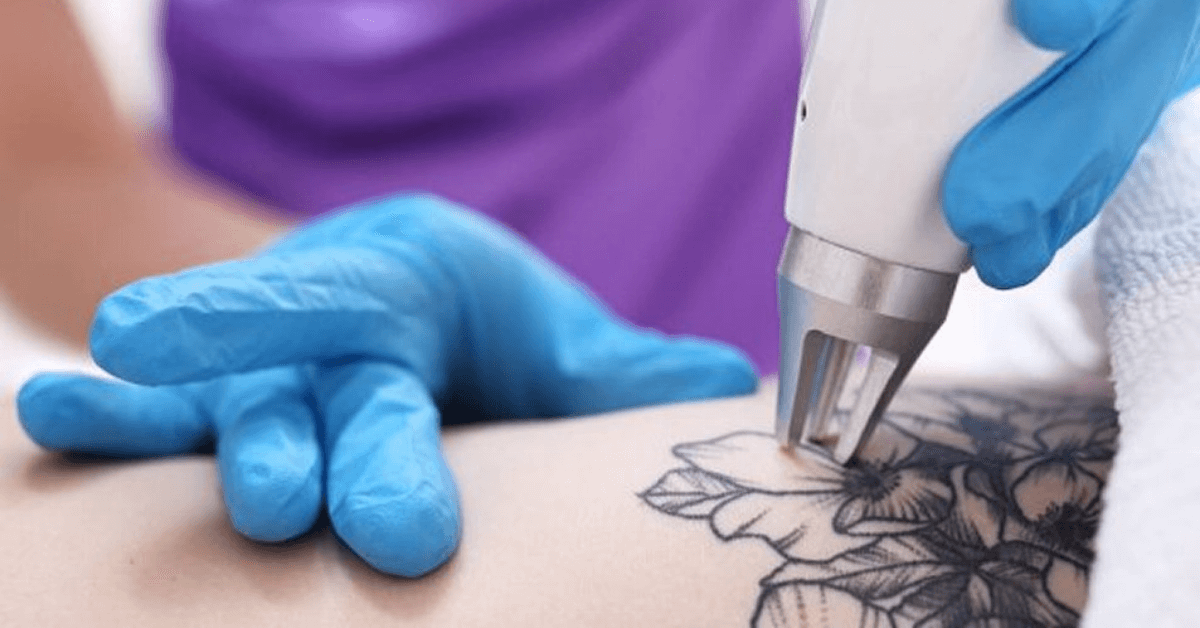Most times you will get a tattoo and end up regretting it. This means you will need to have a tattoo removal done. This is not as straightforward service as you would imagine as it requires some serious preliminary work.
For one, you will need to meet with your doctor beforehand. You don’t just walk up to a dermatologist and ask to have a laser tattoo removal. Here’s the importance of having a consultation before a tattoo removal service;
Ensure that you are in good health
The Laser tattoo removal process relies on your immune system as it removes the particles of ink on your skin. It is therefore a process that works well with strong immunity. You must be strong enough to withstand it. If you have the flu or cold, then the healing process will be much slower. It is advisable to ensure you are in good health before an Orlando Tattoo removal.
Ensure you do not have any serious health issues
With serious health issues, a tattoo removal process may have serious complications. It is not recommended at all. Some specific autoimmune conditions that need the use of immune-suppressant medications will suppress the effectiveness of your central nervous and immune system.
These will raise health concerns and you will not be able to do the complete laser tattoo removal process while still under the medication.
Ensure you are not breast-feeding or pregnant
There isn’t any definitive research that either proves or disproves this concept. Whether a tattoo ink removal in your bloodstream will affect fetal development, and whether the ink particles can harm the child or mother.
The best advice is that; if you are a nursing mother or a pregnant woman, please cease all sorts of tattoo removal services as they are likely to cause some problems to your body.
Ensure you do not have any history with Abnormal Scarring
Abnormal scarring occurs mostly when your skin repairs itself aggressively and may cause extra scar tissues. This will result in keloid scars of hypertrophy, which can cause an impact on the whole tattoo removal process.
Most people with this problem should be careful about Laser tattoo removal.
Why Some Tattoos Are Easier Than Others to Remove
Some tattoos tend to be more difficult to remove than others due to many different reasons. It is completely normal to experience these issues. This means that not every tattoo can be removed quickly and the following factors will determine whether your tattoo will be difficult or easy;
- Lighter-colored tattoos are harder to remove compared to dark colors.
- Your skin tone will determine whether the tattoo is difficult to remove or not.
- The location of the tattoo will determine the level of difficulty or ease.
- The age and how the tattoo was made will also determine the level of difficulty.






